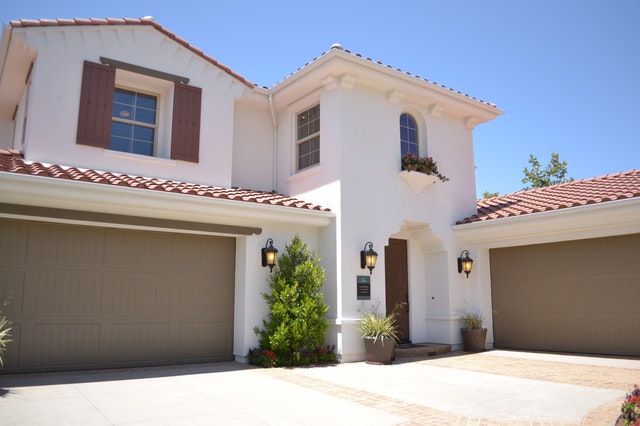Case-Shiller: Home Price Growth Holds Steady In April
 Case-Shiller’s National Home Price Index showed little change in April as home prices rose by 0.10 percent to a year-over-year average of 4.70 percent. The 20-City Home Price Index showed corresponding home price growth of 0.10 percent to 4.00 percent year-over-year.
Case-Shiller’s National Home Price Index showed little change in April as home prices rose by 0.10 percent to a year-over-year average of 4.70 percent. The 20-City Home Price Index showed corresponding home price growth of 0.10 percent to 4.00 percent year-over-year.
Ongoing influences on home price growth before the coronavirus pandemic included short supplies of available homes coupled with high demand for homes and low mortgage rates. While closures and shelter-at-home restrictions in many markets slowed buyer and seller activity, real estate analysts said that home-buyer desiring to buy larger homes to accommodate working at home helped maintain home prices. Homeowners relocating to less congested areas also helped with stabilizing home-price growth in April.
Case-Shiller 20-City Index: Home-Price Growth Rates Increases in 12 Cities
The three top cities in April’s 20-City Home Price Index were Phoneix, Arizona with a year-over-year home price growth rate of 8.80 percent; Seattle, Washington reported 7.30 percent yearly growth in home prices. Minneapolis, Minnesota reported home-price growth of 6.40 percent.
Home price growth rates increased in 12 of 19 cities reported. Detroit Michigan did not report to the 20-City Index for the second consecutive month. The coronavirus pandemic continued to grow and spread throughout the U.S during May; some states that opened their economies quickly are now reconsidering as Covid-19 cases rise at faster rates. Changing data and emerging responses to the spreading virus are expected to impact home price growth in the coming months according to whether the coronavirus spreads or diminishes.
FHFA Home Price Index: Home Prices Increase Despite Coronavirus Pandemic
The Federal Housing Finance Agency, which oversees Fannie Mae and Freddie Mac, reported 5.50 percent home price growth year-over-year in April compared to the March reading of 5.90 percent year-over-year growth. FHFA expects home prices to continue rising as real estate markets return to normal. With spring and early summer home sales impacted by coronavirus-related restrictions, Lynn Fisher, deputy director of research and statistics for FHFA, expected sales to pick up during the summer months.
As coronavirus infection rates increase, further restrictions and closings are anticipated and could negatively impact real estate markets and home prices soon.

 Home prices continued to grow in February according to the Case-Shiller Home Price Indices. National home prices grew at a seasonally-adjusted annual pace of 4.20 percent as compared to national home price growth of 3.90 percent in January. Case-Shiller’s 20-City Home Price Index showed higher home price growth rates in February with average annual home price growth of 3.50 percent. January home prices grew by 3.10 percent for cities included in the 20-City Index.
Home prices continued to grow in February according to the Case-Shiller Home Price Indices. National home prices grew at a seasonally-adjusted annual pace of 4.20 percent as compared to national home price growth of 3.90 percent in January. Case-Shiller’s 20-City Home Price Index showed higher home price growth rates in February with average annual home price growth of 3.50 percent. January home prices grew by 3.10 percent for cities included in the 20-City Index. United States home prices increased by 3.90 percent year-over-year in January as compared to December’s growth rate of 3.70 percent according to Case-Shiller’s National Home Price Index. Home prices also rose in Case-Shiller’s 20-City Home Price Index.
United States home prices increased by 3.90 percent year-over-year in January as compared to December’s growth rate of 3.70 percent according to Case-Shiller’s National Home Price Index. Home prices also rose in Case-Shiller’s 20-City Home Price Index.